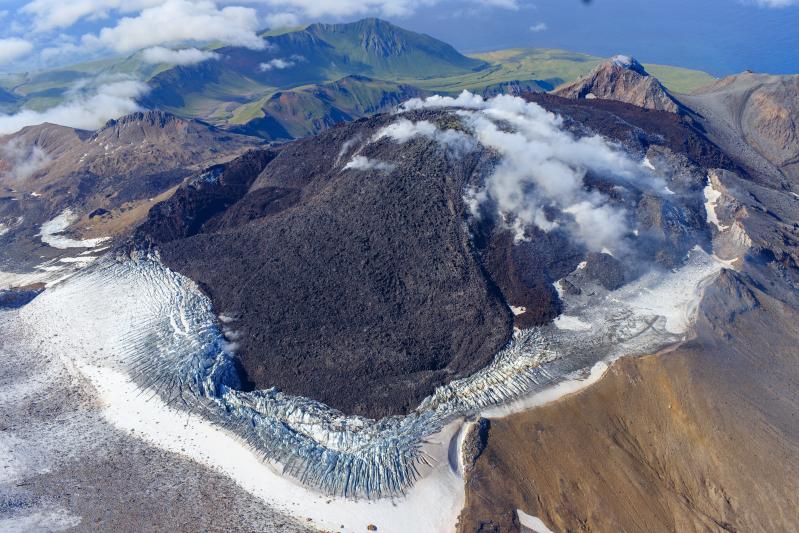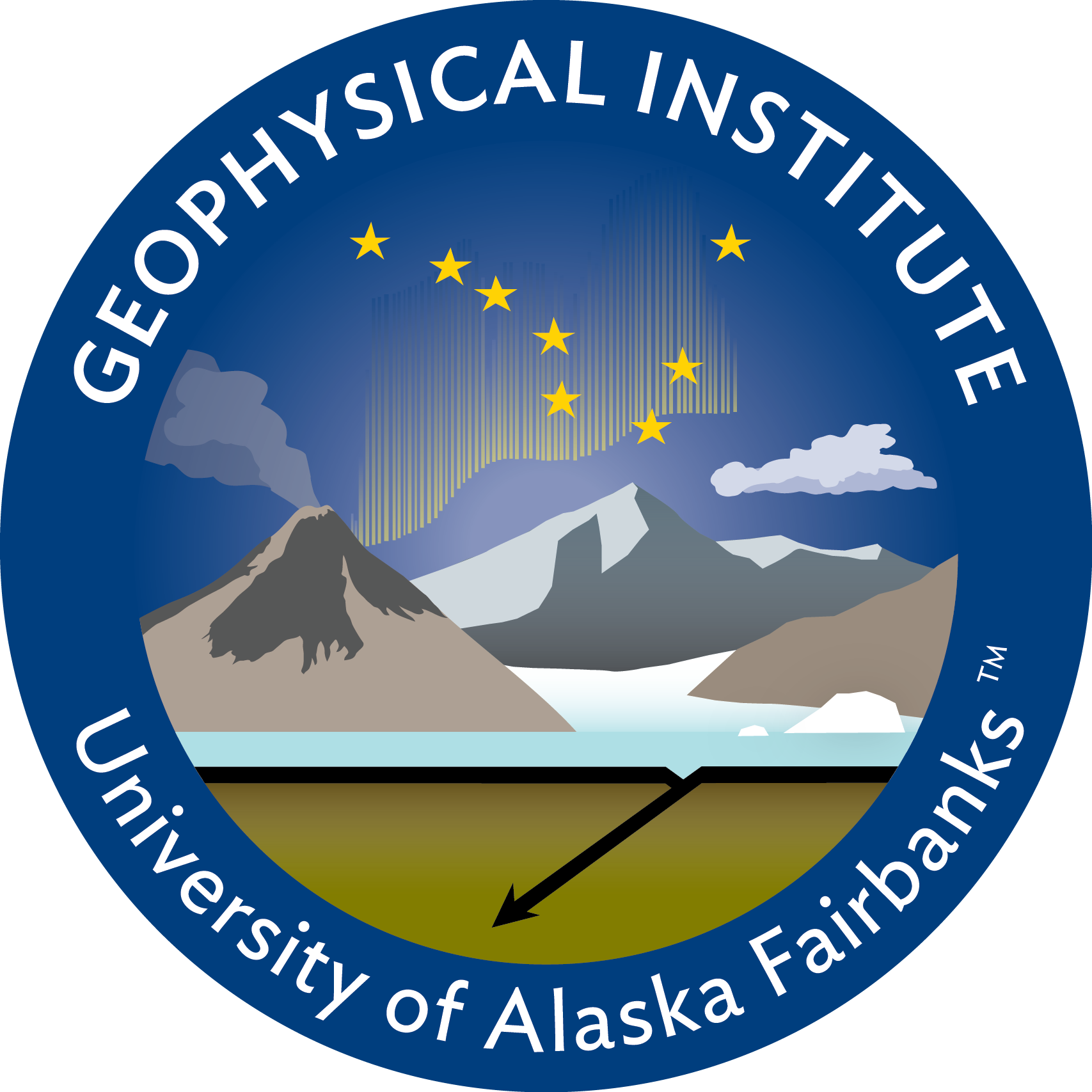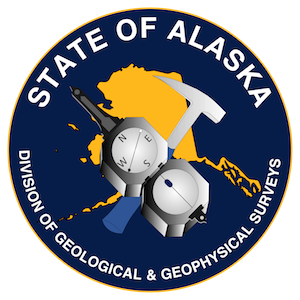| Red (Warning) | |
| Orange (Watch) | |
| Yellow (Advisory) | |
| Green (Normal) | |
| Uninstrumented |
Aleutians
(52.0765, -176.1109)2025-04-04 20:31:44 UTC
Activity at Great Sitkin Volcano continued over the past week, characterized by the slow eruption of lava in the summit crater. Intermittent, small volcanic earthquakes continue to occur. Weakly elevated surface temperatures were observed in overnight satellite data consistent with slow lava effusion. Steaming from the summit was also observed earlier in the week in web camera imagery.
Since the May 2021 explosion, there have been no other explosions at Great Sitkin Volcano. The lava eruption that began in July 2021 is ongoing. It has filled most of the summit crater and advanced into valleys below. The volcano is monitored using local seismic and infrasound sensors, satellite data and web cameras, and regional infrasound and lightning networks.
Cook Inlet-South Central
(61.2989, -152.2539)2025-04-04 20:31:44 UTC
Volcanic unrest continues at Mount Spurr volcano and is characterized by ongoing earthquake activity, surface deformation, and volcanic gas emissions. Seismicity remains elevated with about 52 located earthquakes last week. While this is lower than previous weeks, earthquake rates have gone up and down during this current period of unrest. Gas emissions from the summit were detected in satellite data on March 28. High resolution satellite data from March 28 showed some collapsing of ice on the crater wall, adding ice to the summit crater lake. Minor steam emissions could be seen from the summit earlier in the week. Ground deformation at Mount Spurr has slowed down over the last week, similar to the pause in deformation observed for several weeks this past November and December. The Mount Spurr monitoring network is functioning well.
AVO continues to closely monitor activity at Mount Spurr for signals indicating the volcano is moving closer to an eruption using local seismic, infrasound, and GNSS stations, web cameras, regional infrasound, lightning networks, and satellite data. Based on previous eruptions, additional changes in earthquakes, ground deformation, the summit lake, and fumaroles would be expected if magma moves closer to the surface. Therefore, if an eruption occurred, it would be preceded by additional signals that would allow advance warning.



